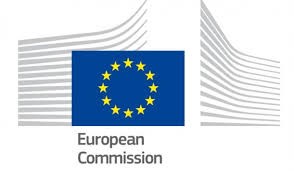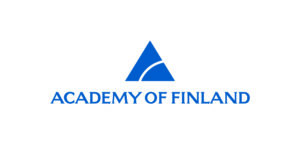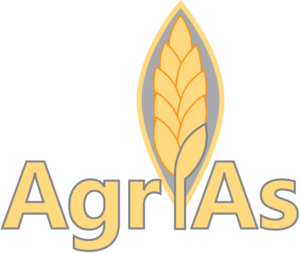Arsenic Risk Management Is Important to the Large Agricultural Countries of Europe
Arsenic is a harmful substance that can be found for example in the agricultural lands of South and Central Europe. The AgriAs project reviewed the occurrence of arsenic and its risk management methods in Europe. The project, coordinated by the Geological Survey of Finland (GTK), was acknowledged in the Water JPI financing programme assessment report.
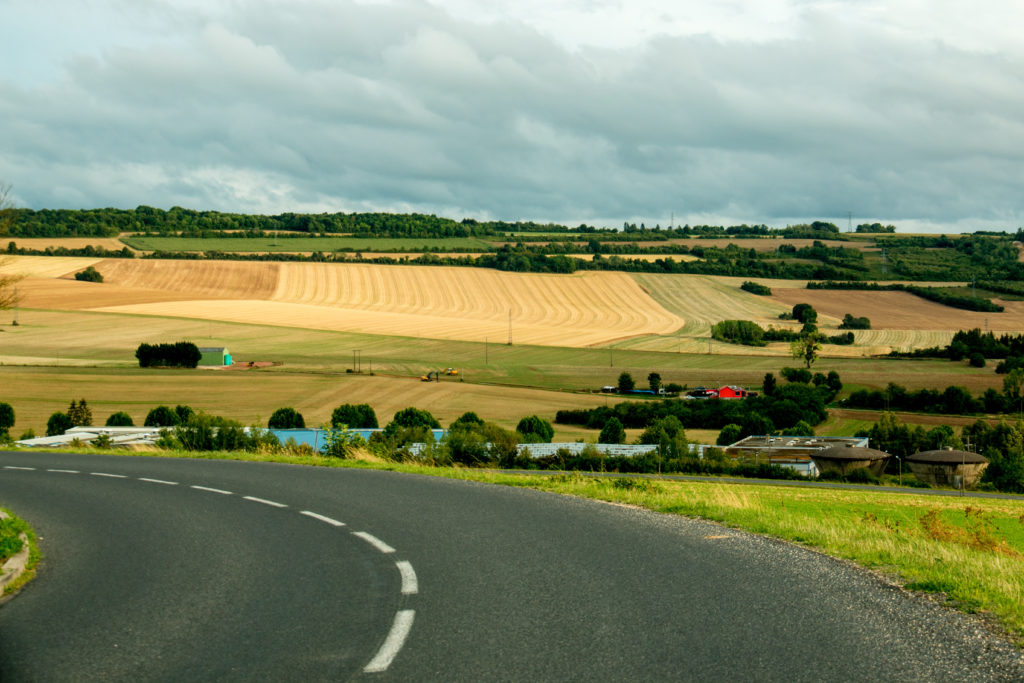
The risk posed by arsenic was recognised internationally in the early 1990s, when researchers in Asia discovered a correlation between the incidence of cancer and arsenic-rich drinking water. In Finland, the arsenic risk was related to drilled wells, which became more common in the 1980s. They were quickly taken out of commission after the detrimental effects were revealed. Arsenic exposure has been found to cause such issues as neurological symptoms, especially in children. Exposure over several years can lead to increased risk of cancer. Fortunately, the population exposed in Finland was small and the exposure period was relatively short. Internationally, however, the effects of arsenic on both human health and the environment remain significant.
Arsenic is a carcinogenic semimetal that is also harmful to many species. Arsenic occurs naturally in the bedrock of ore zones, from where it travels to ground and surface waters. In agricultural regions, arsenic concentrations increased in the past as a consequence of the use of plant protection products, for example. Working together with the Finnish Environment Institute and the Natural Resources Institute Finland, the Geological Survey of Finland (GTK) has reviewed the occurrence of arsenic in groundwater, surface water, soil and agricultural land in Finland in several projects.
The AgriAs Project Developed Arsenic Risk Management
In Finland, the contamination caused by human actions is minor compared to Central and South Europe. Previous projects have found that Finnish fields do not contain much arsenic, and that is why the selected research areas for the AgriAs project, funded by the EU and the Academy of Finland, were from Verdun in France and Freiberg in Germany. The arsenic in the fields in Verdun, in northeast France, originates from the chemical weapons used during World War I. The arsenic in Freiburg, in the state of Saxony, originates from 800 years of mining. As a result of these operations, cadmium, lead and other harmful substances have been introduced to the soil and water.
GTK has coordinated three EU projects in 2004–2019, which have developed guidelines and recommendations on how to manage the arsenic risk in soil, surface water and agricultural products. AgriAs is the latest of these projects. Riitta Keiski’s team from the University of Oulu focused on researching water treatment methods by assessing their advantages and disadvantages in the different research areas in relation to technology, costs and social and health impacts. In the Freiberg area, soil treatment methods were specifically reviewed.
The result of the AgriAs project was a recommendation for introducing an operating model for arsenic risk management, developed in Germany, to European agricultural lands. In the independent international Water JPI assessment report published in April 2021, it was assessed that the AgriAs project reached its goals and produced excellent research value. The assessment highlighted the importance of the results for agricultural policies and the renewal of contaminated areas as well as their impact on the safety of EU’s food chains.
Two Previous EU Projects as the Basis
The AgriAs project is based on two previous EU projects coordinated by the Geological Survey of Finland. The first of these projects was the LIFE Environment project RAMAS (2004–2007). In RAMAS, the Finnish Environment Institute reviewed ecological and health-related risks in the Tampere Region. The Natural Resources Institute Finland focused on determining the arsenic concentration in agricultural lands. Based on the results, the arsenic concentration in agricultural lands in Finland is very low, even if the arsenic concentration of surrounding moraine lands is higher than average.
The second LIFE Environment project, ASROCKS (2011–2014), investigated the arsenic concentration of aggregate and compiled guidelines for areas with higher than normal natural arsenic concentration in their bedrock. The project was implemented in cooperation with the Tampere University of Technology and the Finnish Environment Institute.
Additional Information
Professor Kirsti Loukola-Ruskeeniemi, Senior Specialist, Geological Survey of Finland, kirsti.loukola-ruskeeniemi@gtk.fi
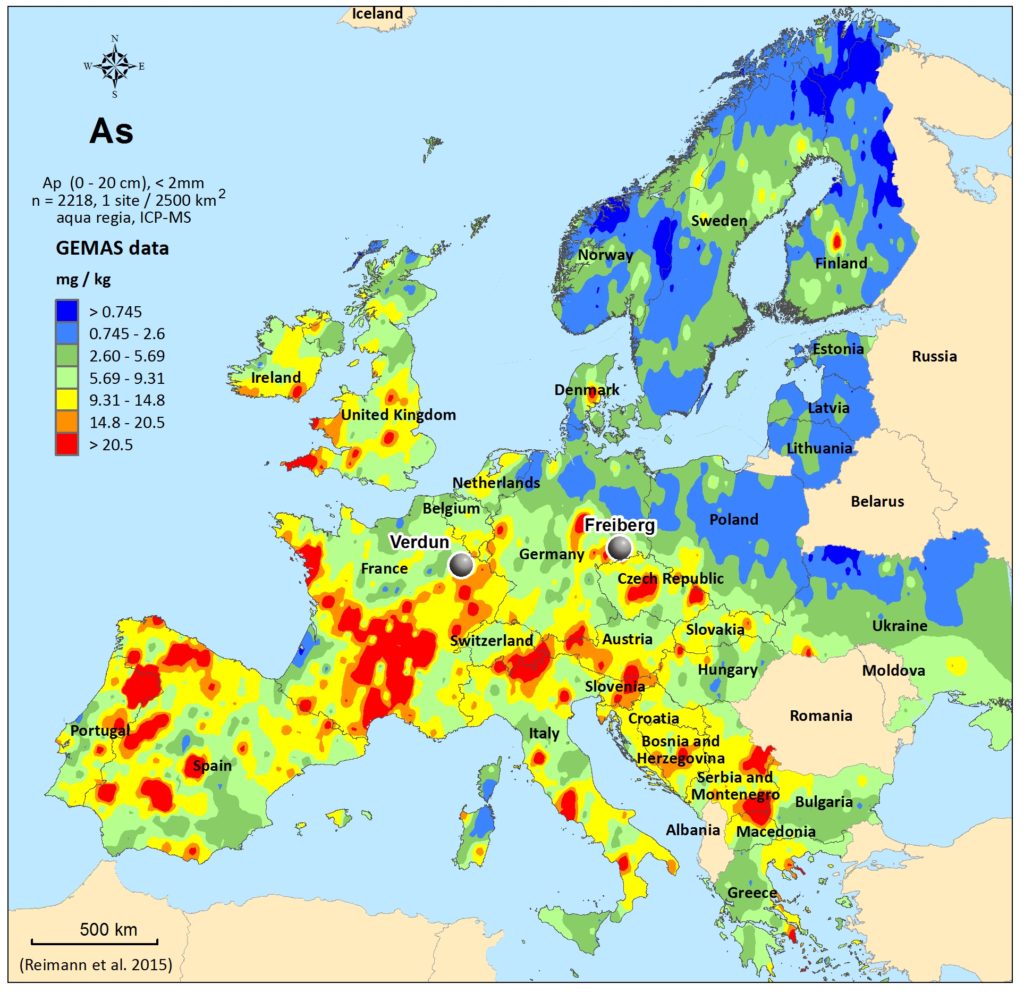
Sources
Reimann, C., Birke, M., Demetriades, A., Filzmoser, P., O’ Connor, P. (eds.), 2014a. Chemistry of Europe’s Agricultural Soils. Part A: Methodology and Interpretation of the GEMAS Data Set. Geologisches Jahrbuch Reihe B Heft 102. 523 p.
Reimann, C., Birke, M., Demetriades, A., Filzmoser, P., O´Connor, P., 2014b. Chemistry of Europe’s Agricultural Soils. Part B. General Background Information and Further Analysis of the GEMAS dataset. Geologisches Jahrbuch Reihe B 103.
